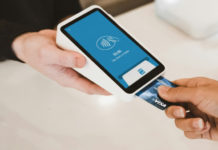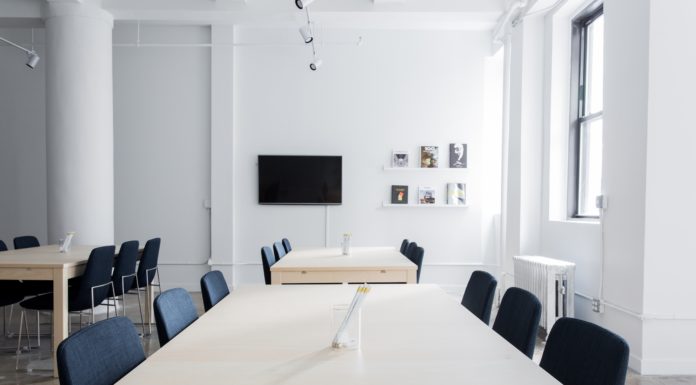The creative industry can be a great space for getting your ideas out into the real world. It’s all about creation (of course), but also about getting heard and, even better, getting paid for what you love to do.
However, that last part, getting paid, can be quite difficult sometimes for some creative freelancers. Although they are experts at creating fantastic products and crafts, and they try to educate themselves as much as possible, they can be a bit behind the times in being able to get paid for what they do.
This is a condition that affects many people not just freelancers, although freelancers seem to be forced to put up with it more than others.
In order to help out creative freelancers and designers, we’ll look at the best ways to go about creating invoices that will get you paid faster.
Tip #1: Make terms and conditions
One of the worst ways that people don’t get paid is by having to argue about certain parts of their invoices with their clients. These invoices can get delayed or even worse rejected, meaning that they’ll have to start the whole process over again.
To avoid that, freelance creatives should work on creating effective terms and conditions that will cover any questions or surprises that your clients may have.
These T&Cs should include:
- your price, and how you’ll accept payment
- the payment due date
- late fees, and whether it will be a fixed rate or percentage
- whether you’ll accept payment upfront
- whether you’ll deliver the products before or after you receive full payment
Tip #2: Get organized
Another important part is that creative freelancers sometimes fall to the stereotype of the messy yet passionate artist.
This is a wonderful image; however, it doesn’t help your finances very much. In order to get your invoices paid, you’ll need to have an organized system of jotting down your work and sending out your invoices efficiently.
For the first thing, you’ll need to probably get online invoicing software. This will help you to not spend too much time on the documentation part of your business and focus more on your craft.
Secondly, you’ll need to make sure that you are sending out your invoices on time. This will help you to get into the payment cycle for your client’s business, which, if you miss it, might mean delays in your payment.
As a designer, it’s essential to understand the market and the cost associated with your services. For example, when potential clients seek to hire a UX designer, they consider factors such as experience level, project complexity, and location. Freelance UX designers often determine their rates based on hourly fees or project-based charges. By being aware of the cost to hire a UX designer, you can set competitive pricing for your services and negotiate fair compensation for your expertise.
Tip #3: Be vigilant
One big way creative freelancers fail is by not being aggressive enough in going after late payments. They tend to take a more passive role, meaning they will wait weeks and sometimes months before they will get their payment.
While this is the path of least resistance, it isn’t that good for your pocketbook (who still has that?). You need to go after your late payers and let them know that you are waiting on their payment.
After all, you delivered quality goods in an adequate amount of time. Your part is done. It is now their legal responsibility to pay you on time.
If you just let it slide, you give them space to delay payment on you again and again, which can be quite bad for your business in the long run.
Don’t hesitate—go after them the day after payment is due. That’s why you should set your due date to 15 days, and not the archaic 30-day period. This will help with your cash flow and your business in general.
With these comprehensive tips, you’ll see how quickly your invoices are getting paid. Good luck!




































